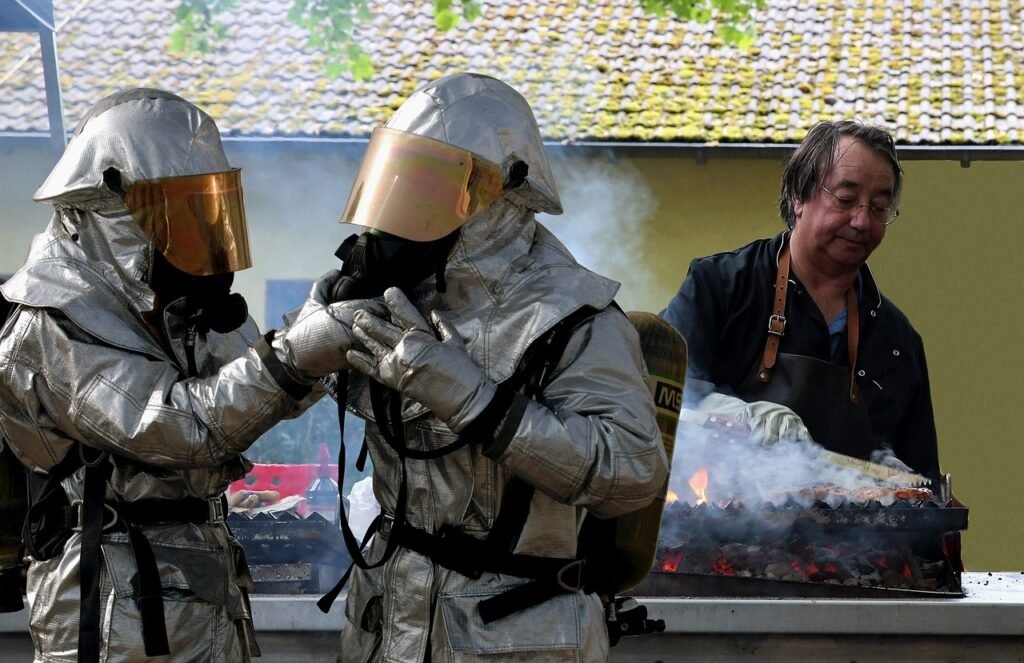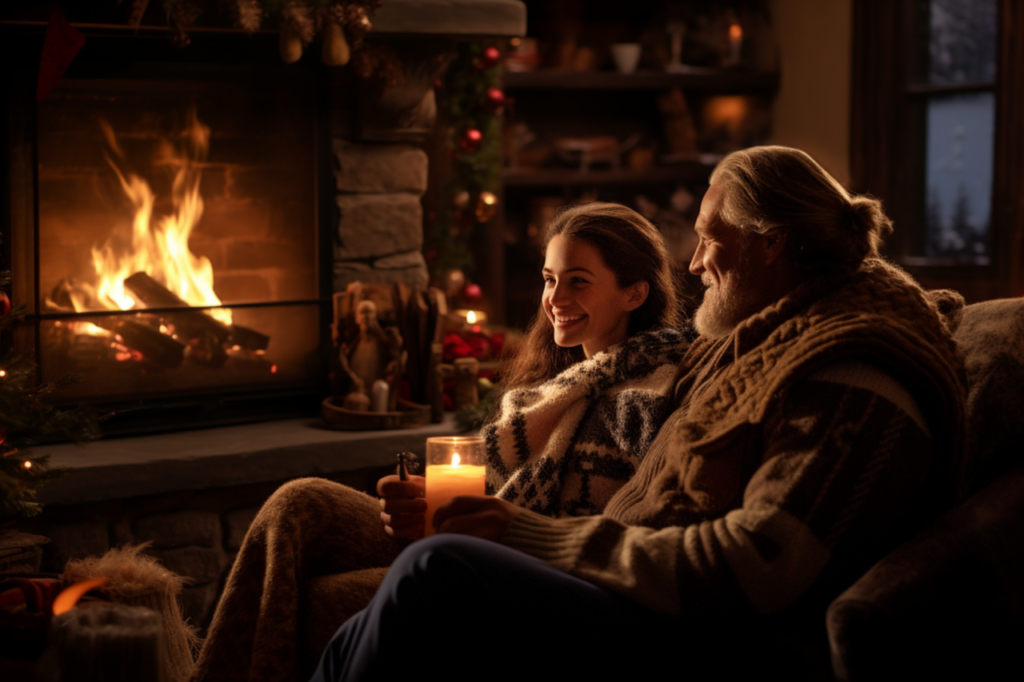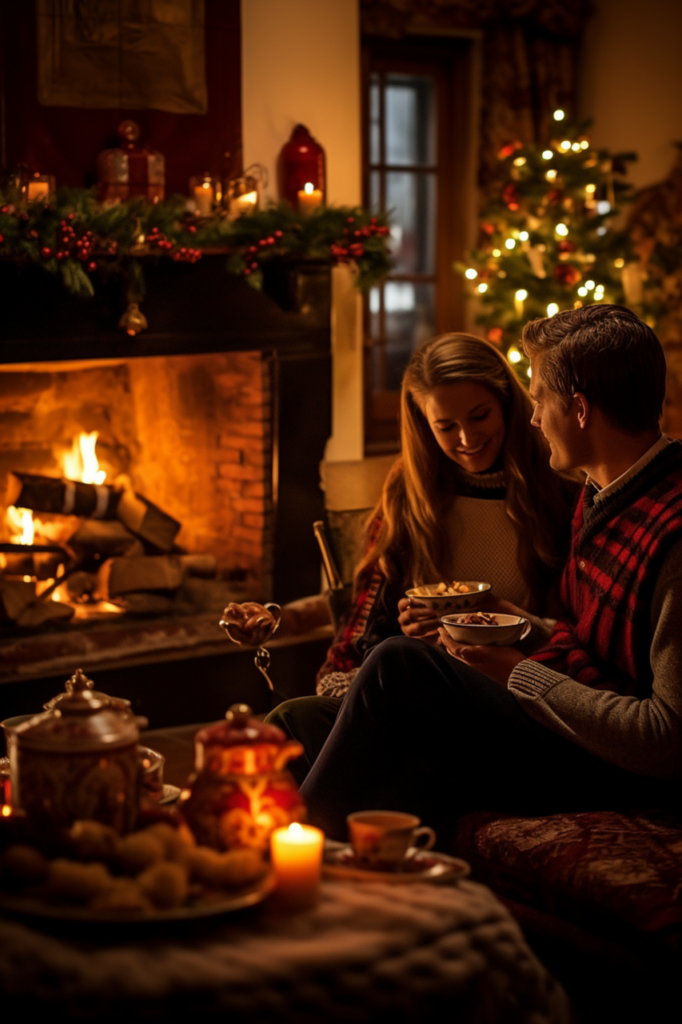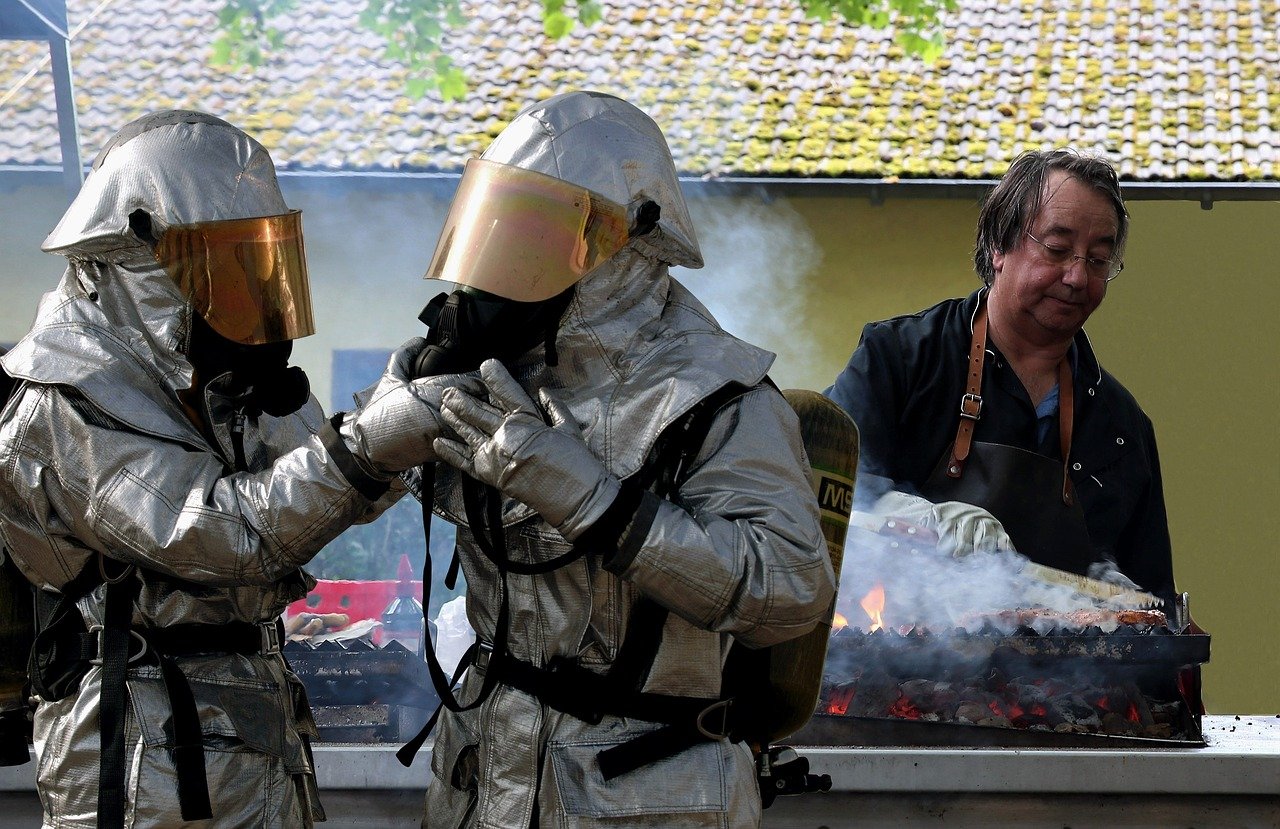Imagine sitting in front of a crackling fire on a chilly evening, feeling its warmth envelop you and providing the perfect ambiance for relaxation. Fireplaces have long been a source of comfort and charm in homes, but it’s important not to overlook the potential dangers they can pose if not properly maintained. In this article, we will explore the essential guidelines and precautions you need to ensure a safe and worry-free experience with your fireplace. From regular chimney inspections to the proper handling of firewood, we’ve got you covered with all the information you need to enjoy the comforting glow of your fireplace while prioritizing the safety of your loved ones.
Protecting Your Home From Fires
The Importance of Fireplace Safety
When the cold winter months set in, there’s nothing quite as comforting as gathering around a toasty fireplace. The crackling of the fire, the cozy atmosphere, and the radiant warmth can make even the coldest nights feel inviting. However, amidst all the joy and relaxation, it’s crucial to prioritize fireplace safety to protect your home and loved ones from potential dangers. By understanding the risks, taking preventive measures, and practicing safe habits, you can enjoy the benefits of a fireplace without worry.
Understanding the Dangers of Fireplaces
To fully appreciate the importance of fireplace safety, it’s essential to have a clear understanding of the potential risks associated with fireplaces. Fire hazards can result from improper installation, negligence, or lack of maintenance. The main dangers include the risk of burns, inhalation of harmful gases, house fires, and even carbon monoxide poisoning. By being aware of these potential dangers, you can take the necessary steps to prevent accidents from occurring.

This image is property of pixabay.com.
Preventing Fires and Accidents
Ensuring the safety of your fireplace starts with proper operation. Always follow the manufacturer’s guidelines for your specific fireplace model and regularly inspect and maintain it. Be cautious when igniting and extinguishing the fire, employing safe practices to minimize the risk of accidents. Additionally, keep flammable materials at a safe distance from the fireplace, as even a small ember can ignite nearby objects. By taking these preventive measures, you can significantly reduce the chances of a fire-related incident.
Protecting Your Home and Loved Ones
Beyond preventing fires and accidents, fireplace safety is essential for safeguarding your home and loved ones. Installing smoke detectors and carbon monoxide alarms in the vicinity of your fireplace can provide early warning in case of a hazardous situation. It’s also crucial to create a fire escape plan with clear exit routes and practice it regularly. During emergencies, knowing the quickest and safest way out of the house can save lives. Remember to keep exits clear and accessible, allowing for a swift escape if needed.

This image is property of pixabay.com.
Ensuring Indoor Air Quality
While fireplaces add warmth and ambiance to any space, they can also impact indoor air quality. The emissions from burning wood or other fuel sources can release pollutants into the air, such as fine particulate matter and volatile organic compounds. To minimize the adverse effects on your health, it’s essential to prioritize proper ventilation and air circulation. This can be achieved through the use of fans or opening windows, allowing fresh air to enter while pushing pollutants out.
Maintaining Proper Ventilation
Proper ventilation plays a critical role in maintaining fireplace safety. Operating dampers and air vents correctly allows for efficient airflow, preventing the buildup of harmful gases. Regularly clearing blockages in chimneys and flues is also essential to ensure proper ventilation. Obstructions like debris, nests, or creosote buildup can restrict airflow, increase the risk of carbon monoxide poisoning, and potentially cause fires. Therefore, regular chimney maintenance and inspections are vital to maintain a safe and functioning fireplace.

This image is property of pixabay.com.
Choosing the Right Fuel and Equipment
The type of fuel and equipment you choose can significantly impact fireplace safety. When deciding on the fuel, compare the different options available, such as wood, gas, or electric. Each has its advantages and considerations, so it’s important to select the one that best suits your needs and ensures optimal safety. If you opt for wood, ensure that you use high-quality firewood that has been properly seasoned to minimize the formation of creosote and reduce the risk of chimney fires. Additionally, select sturdy and reliable fireplaces or stoves that meet safety standards and have proper ventilation systems.
Installing and Using Fireguards
Fireguards are an excellent addition to any fireplace, providing an extra layer of safety, especially in homes with children or pets. These protective barriers help to prevent accidental contact with the flames, reducing the risk of burns. When choosing a fireguard, consider the different types available, such as freestanding screens or secured gates. Ensure they are properly installed, covering all openings to effectively create a safe zone around the fireplace.
Handling and Storing Firewood Safely
The process of handling and storing firewood is often overlooked in fireplace safety, but it is crucial to prevent accidents and maintain a safe environment. Proper cutting and splitting techniques are essential to avoid injuries during firewood preparation. Transport firewood carefully, keeping in mind the weight and length to prevent strain or falls. When storing firewood, ensure it is kept away from the house and elevated off the ground to prevent moisture absorption and pest infestation.
Educating Children and Pets
Educating children and pets about fireplace safety is crucial to minimize the risk of accidents. Teach children about the dangers of the fireplace, emphasizing the importance of never touching the flames, guards, or any hot surfaces. Establish clear boundaries and rules to ensure their safety. Similarly, pets should be kept at a safe distance from the fireplace to prevent burns or accidental ignition of their fur. Supervise them closely and provide alternative safe spaces for them to stay cozy during fireplace use.
Regular Maintenance and Inspections
To ensure fireplace safety, regular maintenance and inspections should never be overlooked. Schedule chimney sweeping and cleaning by professional services on a yearly basis to remove any accumulated creosote and debris. Inspect the components regularly for signs of wear or damage and repair them promptly. Hiring professional services ensures that potential issues are identified early on and rectified to maintain a safe and efficient fireplace.
In conclusion, understanding the importance of fireplace safety is essential for enjoying the warmth and ambiance of your fireplace without worries. By familiarizing yourself with the potential dangers, taking preventive measures, and practicing safe habits, you can protect your home and loved ones. From proper operation and ventilation to choosing the right fuel and equipment, each aspect plays a vital role in fireplace safety. By incorporating these practices into your routine, you can create a cozy and secure environment to enjoy the benefits of your fireplace all winter long.




